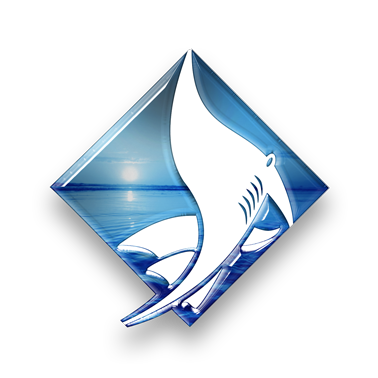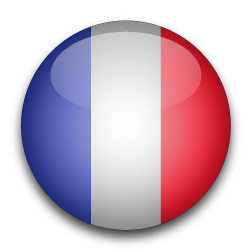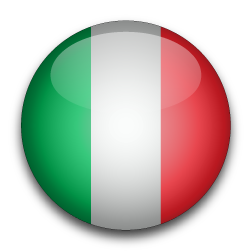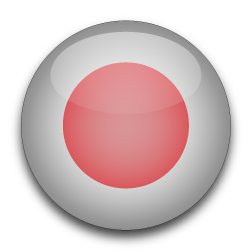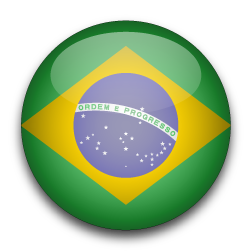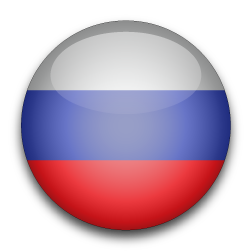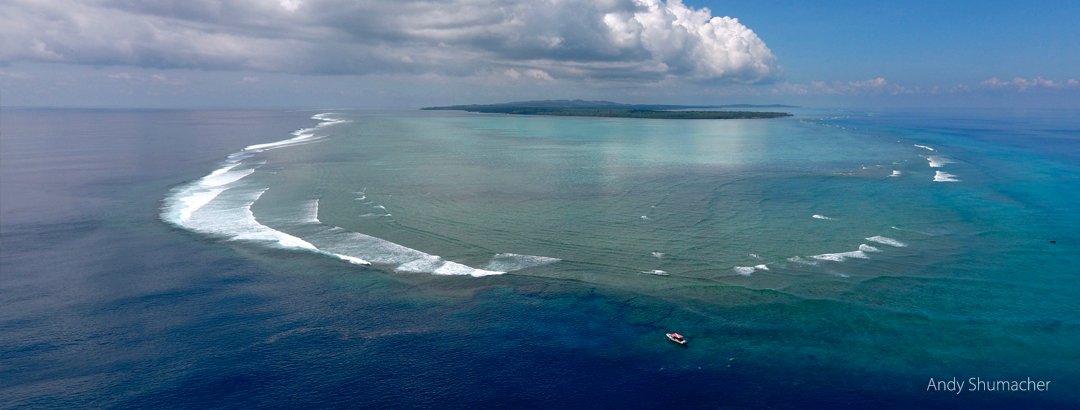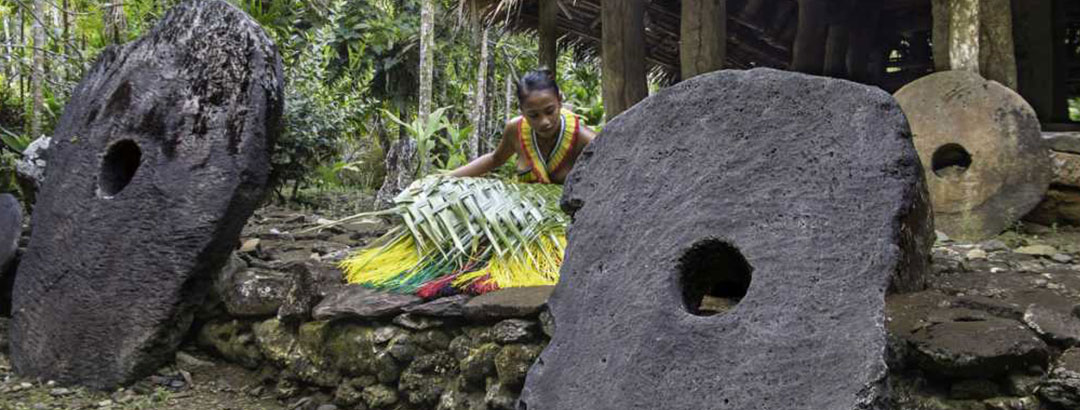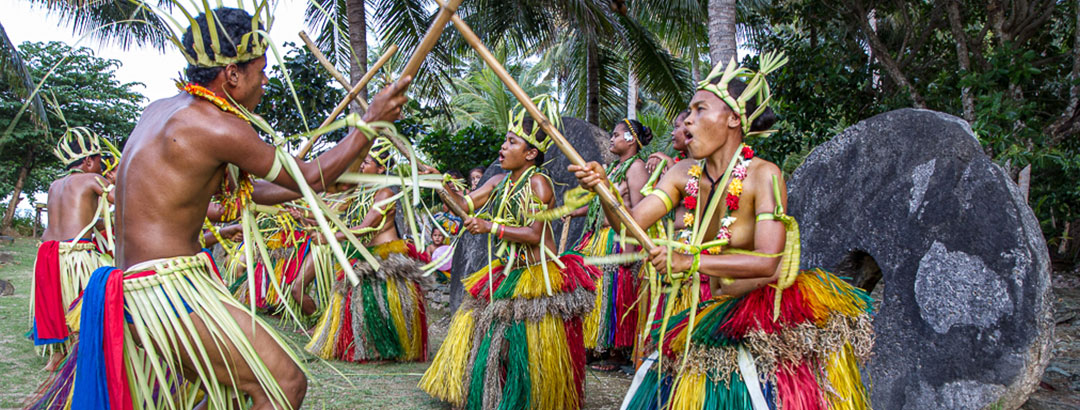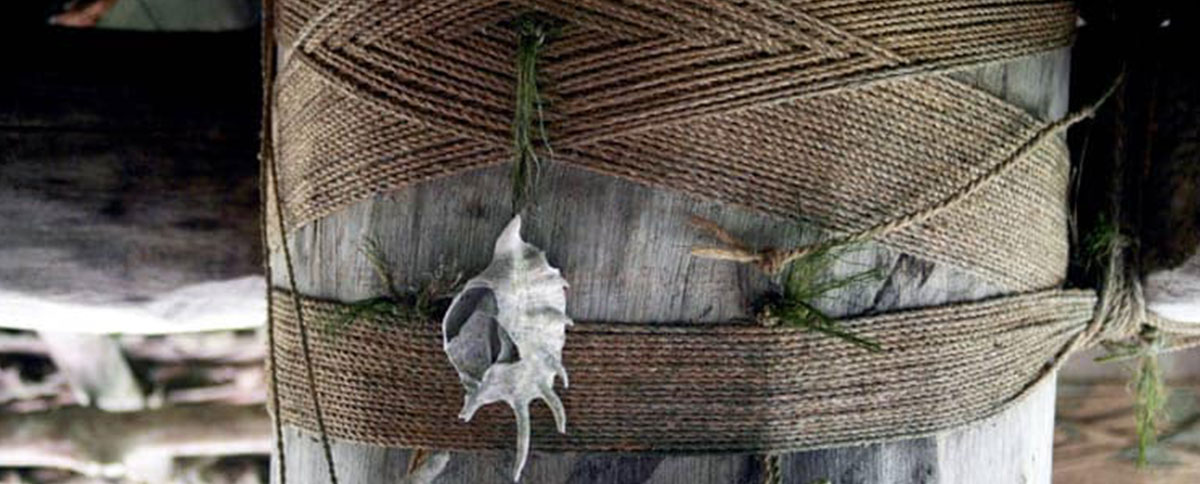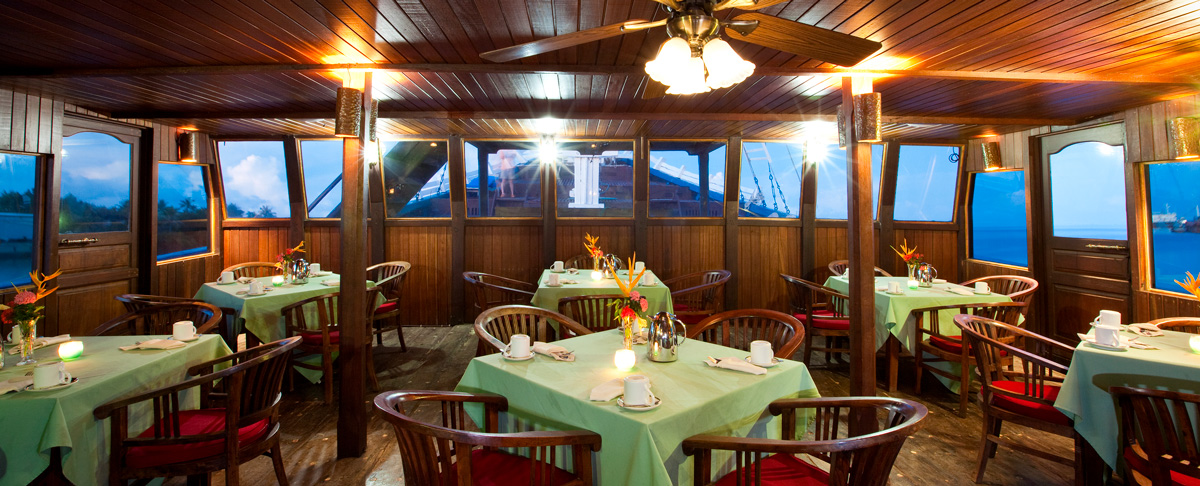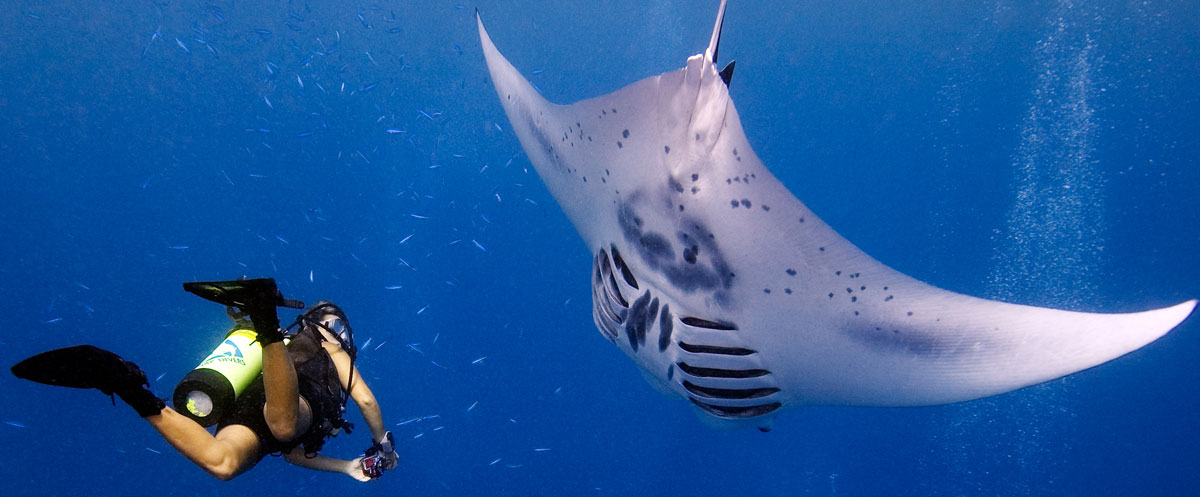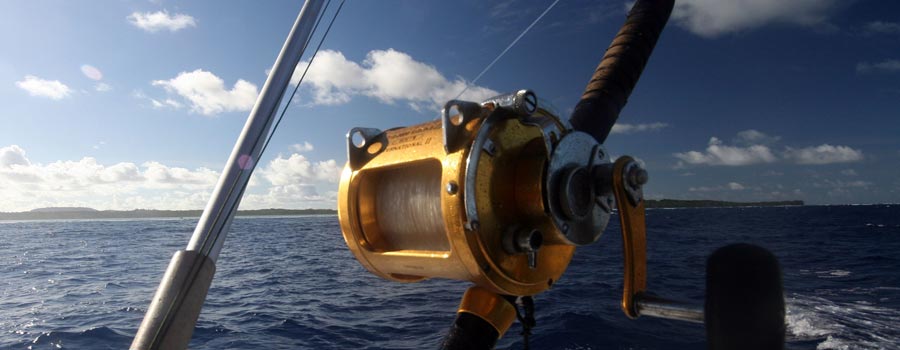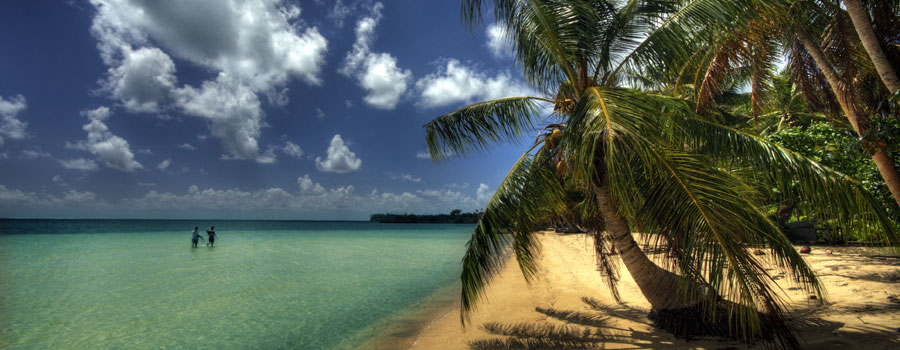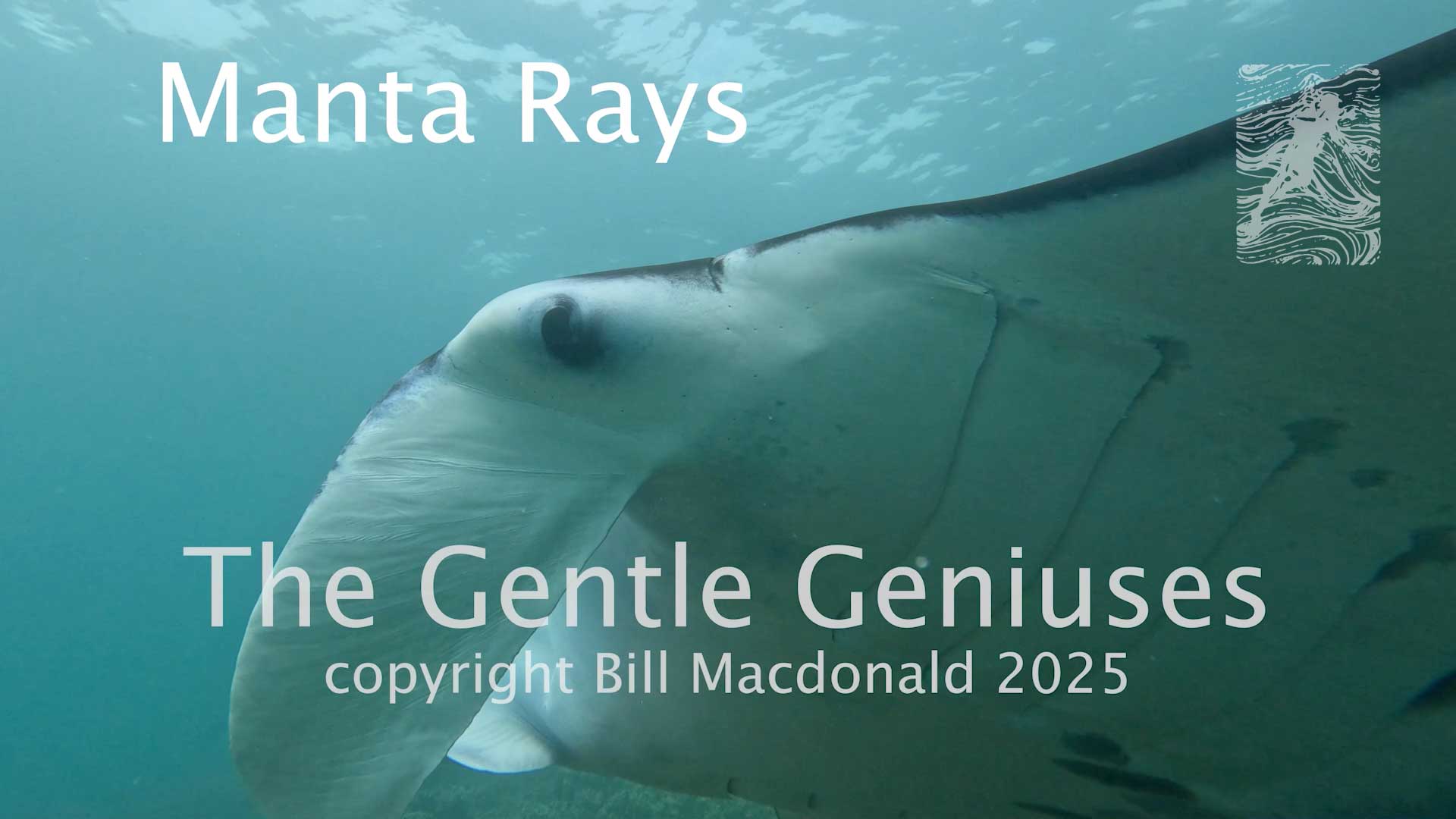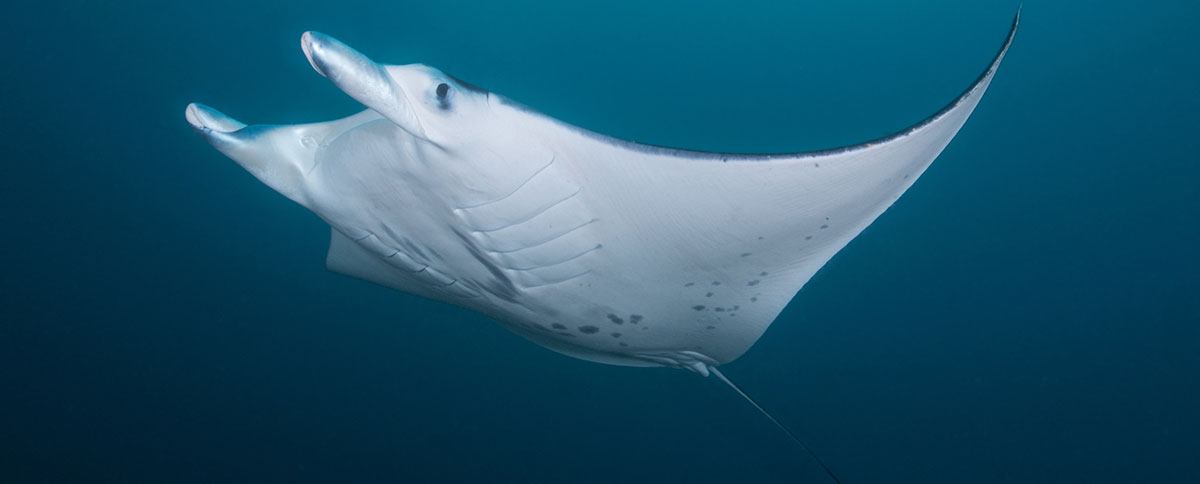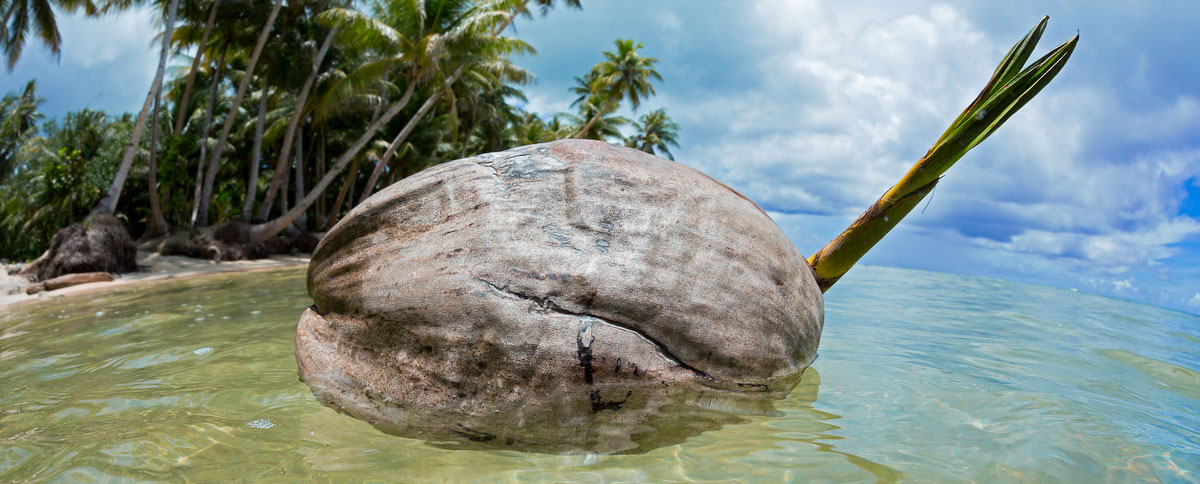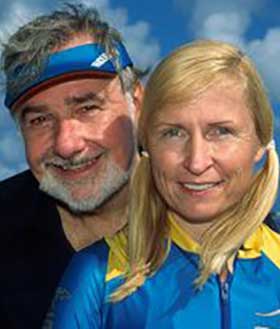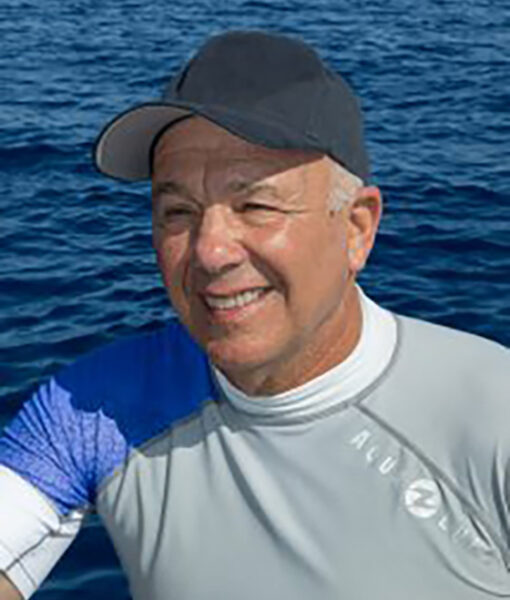Ken Kurtis
Ken Kurtis was kicked out of swim class twice by the time he was six. (He didn’t like putting his face in the water.) Hardly an auspicious start to a diving career. But Ken always loved being around the water, loved looking at fish, and in 1978 while running a radio station in Richmond, VA, was offered a chance to get certified and took advantage of it. Ken then became a NAUI Instructor (Top Candidate at his 1980 ITC) and has taught thousands of people over the years. As the owner of Reef Seekers Dive Co. (Beverly Hills, CA), he speaks frequently to dive clubs about diving and especially safety issues. Ken’s been chairman of Chamber Day/Eve since the early 90s (an annual fund-raiser for the Catalina Hyperbaric Chamber), served as a member of the Statewide Interests Group for the California MLPA (Marine Life Protection Act) charged with creating a network of MPAs in state-controlled waters, and is a volunteer Dive Team Leader at the Aquarium of the Pacific in Long Beach, CA. Ken’s photos and stories have been featured in the pages of the California Diving News, Sport Diver, Skin Diver, Undercurrent and other scuba publications, along with the monthly Reef Seekers newsletter.
Ken first heard about Yap when he was maybe ten years old and read (he thinks) a story from Thor Heyerdahl about this place where they used stone as money. He recalls seeing an illustration of two young men carrying a piece of stone money using a piece of wood stuck through the middle of the stone. And at that ripe young age he thought to himself, “I’ve got to go see that.” It took him until 2002 to do so, but he’s been back almost every year since then. And since his groups always take the same rooms – 306, 307, 308, and 309 – Bill Acker has even hung a sign that proclaims that part of the hotel the “Ken Kurtis Wing.”
On every dive, Ken’s got a camera is his hands and currently shoots with a Nikon D750 in an Ikelite housing. He uses dual Sea&Sea YS-D1 strobes and mainly shoots with his beloved Nikon 28-105mm lens or a 105mm macro. His favorite shot is when a fish will stare directly into his lens. “It’s really hard to get a fish to be trusting enough or curious enough to stare right at you, so I appreciate the challenge.”
Ken and Bill Acker hit it off immediately back in 2002, probably because their favorite two letters of the alphabet are B and S. They’ve shared many adventures over the years and their most recent one – they’re both avid golfers – was getting VIP tickets to attend the final round of the 2023 U.S. Open which was held at the Los Angeles Country Club, only two miles from where Ken lives.
With all of that going on, Ken still finds time to maintain an acting career in L.A. and leads all of the local and foreign trips for Reef Seekers. He’s a very good cook, avid Scrabble & Boggle player, chases total solar eclipses, ran five L.A. Marathons, and is kind to animals and small children. Be sure to ask him his mantra about divers. He also claims to hold the Reef Seekers deep diving record of 3500′ . . . but we have to add the caveat that he did it in the Alvin submersible for a PBS special so that might be cheating.
Frank Schneider
Born in December 1958, Frank grew up in the western part of Germany close to Düsseldorf. His fascination with oceans and marine life grew while watching Jacques Cousteau’s TV series “The Undersea World of Jacques Cousteau” together with his Grandmother. As their family lived far away from any sea, his Grandma saw the ocean only once in the late years of her life. Young Frank decided that one day he would explore the underwater world and show his family photos from below the surface.
After years of working in military aviation, where he increased his skills in the English language, Frank married in his mid-twenties. His wife Ursula soon shared his passion for the underwater world and since then is featured as an underwater model in many of his images.
His first article was published in 1983, which eventually turned out to be the starting point for Frank’s career as a travel journalist. His articles have been published in many countries, including Italy, Spain, England, Norway, Denmark, the Netherlands, Austria, Switzerland, Russia, Turkey, and Croatia.
Together with their friend Leda Monza from Milano, Italy, who also became one of his uw-photo models, Frank learned to speak Italian while co-writing with Leda, the “Encyclopedia of Diving” in Italian. Books of Frank (dive travel guides, encyclopedia, U/W-photo school, and many more) are published in Germany, Great Britain, and in cooperation with Leda also in Italy.
Since 2015, together with his friend and colleague Paul Munzinger, he is the publisher and editor of the German Online magazines www.divingeurope.de and www.diving7seas.de. Both magazines have produced a Special Edition on Yap and Manta Ray Bay Resort & Yap Divers in English. It can be downloaded for free at https://joom.ag/sina
For his job, Frank uses two digital Nikon-SLR-cameras, a Nikon D850 and a Nikon D3X as well as several original Nikon lenses. Those Nikon lenses range from a 16 mm fisheye up to the tele zoom VR 70-200 mm, all of which have a 2.8 f-stop. For his U/W photography, the Nikon D850 in a Seacam housing together with the Nikon f2,8/16 mm fisheye lens, the f2,8/14-24 mm wide-angle zoom from Nikon, and the Nikon 60 mm and 100 mm macro lenses are Frank’s standard photography equipment. One or two Seacam Seaflash 150 TTL strobe lights take care of light and color.
I met Frank because I have been fortunate to exhibit at the massive German BOOT Show in Düsseldorf every year for the past 30 some odd years. Early on, I would stand in my booth and ogle all the famous people walking the isles and when I would walk around, I would see even more famous people in their booths. A common sight was one guy, with a massive camera, running around like crazy taking pictures of everyone. I was always a bit envious and hopeful that one day I would be well enough known in Europe for him to stop and take my picture. I finally got up the nerve to ask someone who he was and was told “that’s Frank Schneider, the photographer for Tauchen Magazine” (the largest in Europe at the time). One day in about 2009 or so, the timing was just right that Frank was taking a picture of someone in our booth and I was introduced to this stalwart of photography. Turns out he was and is a great guy and we hit it off immediately. Shortly Frank was sent to Yap to do a feature story on the island, and our diving, by the editors of Tauchen. We spent two weeks diving Yap together and our friendship has grown with each passing year.
Paul Tzimoulis & Geri Murphy
Paul Tzimoulis is regarded as one of the founding fathers of the recreational diving industry in the USA, as well as a significant influence on diving worldwide. As Publisher and Editor of the world’s largest and best read diving magazine, Skin Diver Magazine, he has had a profound influence on the sport. He guided every field from equipment development to training, safety, diving certification, travel, and technique. His provocative editorials, stimulating articles, and incredible photographs have done much to elevate the quality of SKIN DIVER Magazine and diving in general.
Paul devoted his entire life to a career in diving. He began snorkeling and free diving in the freshwater lakes of Connecticut while still a high school teenager. Tzimoulis purchased his first regulator in 1955 and quickly became a scuba instructor, dive club president, dive shop owner, and early commercial diver.
In 1960 Tzimoulis joined U.S. Divers Co and became Customer Service Manager. The following year he was employed at Sportsways where he served as a sales rep for the entire eastern United States.
In 1964 Paul accepted a position at the New York office of Petersen Publishing as Sales Representative for Skin Diver Magazine. Two years later, Paul became Editor & Publisher of the magazine, relocated to California, eventually becoming Group Publisher and Vice-President.
Paul was Publisher of Skin Diver Magazine for almost 35 years, generating hundreds of articles and photographs, developing a small obscure publication to a mega powerhouse magazine that became the largest diving magazine in the world. He lived a lifestyle that most divers can only imagine. Visiting tropical dive resorts in the Caribbean & Pacific, he was “living the dream.” Paul was a prolific writer, lecturer, photographer, and teacher. He also co-authored a book on underwater photography entitled Camera Below in 1968.
In 1964, the International Underwater Film Festival held in Santa Monica, California acclaimed Tzimoulis as, “the brightest young meteor on the horizons of diving’s future.” At this prestigious Film Festival, Tzimoulis was awarded a “Special Tribute” for his documentary filming of the Hannes Keller 1,000-foot deep dive.
He founded and was Executive Director of the First International Underwater Film Festival held in New York City, held in February 1965. For the next 30 years, Tzimoulis helped organize similar events in Philadelphia, Washington, D.C., Boston, and Chicago.
After Paul retired from Skin Diver Magazine in 1998, he accepted the position of Publisher of Sport Diver Magazine until 2003. He was Master of Ceremonies of countless underwater film festivals. In his free time, Paul taught underwater photography, ranging from destinations from Hawaii to Bonaire. He launched a revolutionary one-week u/w photo school based on San Salvador Island, Bahamas. Graduates of these classes have gone on to become photo professionals, photo instructors, and winners of many u/w photo contests.
During more than five decades of his contribution to diving, Paul Tzimoulis has received more than 50 awards from the diving industry dating back to 1957: the Diver Of The Year Award presented by the Boston Sea Rovers (1966); Honored Photographer from the International Underwater Film Festival (1968); the NOGI Award For Sports from the Academy of Underwater Arts and Sciences (1969); Hall of Fame Undersea Photography Award, Hawaii (1971); Oceanus Award – Our Future In Depths Arts Award (1977); Underwater Photographic Society Outstanding Achievement Award (1978); Sir Turtle Award from the Cayman Islands Department of Tourism (1983); SSI Platinum Pro 5000 Diver; Reaching Out Award and induction into the DEMA Hall of Fame (1997); PADI Outstanding Achievement Award (1998); induction into the International Scuba Diving Hall of Fame (2001); and many others. Paul Tzimoulis & Geri Murphy-Tzimoulis worked together since 1975.
Paul J. Tzimoulis – 1936-2003
GERI MURPHY
Geri began her career as a teenage, sport diver in the late 1960s, diving off the New Jersey coast, exploring and recording images of shipwrecks and sea life. New Jersey wreck diving is a hard way to learn to be a diver, but it set the stage by preparing her for the rest of Geri’s dive career. By the time Geri was 21 years old, she was an active YMCA and NAUI dive instructor. She eventually turned her interest to the Caribbean, where she was the first to photograph and document ‘Stingray City’, the name she coined for what is now a world-famous dive site in the Cayman Islands.
Geri has had an impressive career in Hollywood, working on underwater films. In 1973, she joined the crew for the production of the theatre release movie Sharks Treasure. In 1975 she was the underwater Script Supervisor and Safety Diver for Hollywood stars Nick Nolte and Jacqueline Bissett in the award-winning epic The Deep. In addition to films, she worked on television productions that include Man From Atlantis (Patrick Duffy) and Switch (Robert Wagner).
Geri spent 30 years diving around the world with her husband, Paul Tzimoulis, who was Publisher and Editor of Skin Diver Magazine. Together they covered such unique activities as shark tagging contests, congregating manta rays, encounters with dolphins, liveaboard cruises around the world, shipwreck search, and shark feeding.
Geri is the world’s most published female u/w photojournalist with more than 200 magazine cover shots gracing such magazines as Skin Diver, Sport Diver, Aquarium, Texas Flyer, Sub-Aqua, Mundo Sommerso, Peterson’s Photographic, and many others.
Geri has written two PADI underwater photography books: Camera Basics & Equipment Care, Macro Photography & Wide Angle Photography. She authored hundreds of underwater photography articles, dive resorts, photo & dive equipment products, and photo how-to features.
She has been the recipient of many awards for her writing and photography, including induction into the NOGI Diving Hall of Fame (2001); the Women Divers Hall of Fame (2001); the International Scuba Diving Hall of Fame (2009), and the SSI Platinum Pro 5000 Diver, among others.
Website: www.gerimurphy.net
Bill Acker:
When I began Yap Divers in 1986, there was only one way to attract divers from around the world and that was Skin Diver Magazine. From the very beginning, we took out a small advertisement to announce that Yap now offered diving. Then one day I was contacted by the magazine asking if I would be able to show the MAN himself (Hall of Fame dive pioneer – Mr. Paul Tzimoulis) around Yap. Thrilled to have this opportunity (in reality Paul and Geri were on a trip to Palau and thought they would spend two nights in Yap on their way back), I immediately accepted and began to prepare for their arrival. The Manta Ray Bay Hotel was not yet even a dream at this time so they stayed at my house where Patricia and I did our best to be good hosts. I think I can honestly say for all of us, this trip changed our lives. There is a seemingly never-ending stream of stories coming out of this first visit.
Here’s the first. A bit of background to get us to the airport a little after Noon on this beautiful tropical day. Several days earlier a very good friend sent me audio tapes of a Best of Rock n Roll countdown from a New Orleans radio station. I had been listening to these tapes every time I drove my truck. By the time I reached the airport to pick-up, Paul and Geri, I was on the number 6 best song – having begun at 100. There was still The Doors’ Light my Fire and Led Zeppelin’s Stairway to Heaven and obviously 4 more to go. I didn’t say anything but the radio was playing on the drive to town and I asked if they minded the music blaring, which they said they did not. When we got to the last turn that would take us to the dive shop, I was on song number 4. I asked them if they minded riding around the lagoon again so that I could finish the countdown and see what this station thought the best Rock n Roll song of all time was. By now, they were into this a bit and thus agreed. Well in the final 4 were my two songs but strangely the best Rock n Roll song of all time was one I would have never guessed: Bill Haley and the Comets’ Rock Around the Clock.
The most important person in the dive travel world, in my truck with his wife and here I ago driving around the lagoon twice to finish something that I had on tape. Told me the kind of people they were and told them who I was and it has been love ever since. Sadly Paul is no longer with us but at least we still have Geri. Visit Yap and I will tell you a few more stories from that first visit.
Tim Rock
Tim Rock specializes in the imagery of the marine world and is a publisher, author, photographer, and owner of a photo gallery on Guam in the western Pacific. He attended the journalism program at the University of Nebraska – Omaha (UNO) and has been a professional broadcast and print photojournalist for 30 years. In April 2017, he was awarded the Lifetime Achievement Award by the UNO School of Communications.
Tim was also a Guam Delegate for the Visual Arts (still photography and video) for the 2016 Pacific Festival of the Arts and he is a Guam Visitor’s Bureau Hafa Adai Spirit Award winner. In his early years, his news photography appeared on CBS, ABC, NBC, and CNN. The majority of his career has been in the Western and Indo-Pacific reporting on environmental and conservation issues. He has won the prestigious Excellence in the Use of Photography from the Society of Publishers in Asia. His TV show Aquaquest Micronesia was an ACE award finalist. He also lists many other awards for documentaries, television shows, photography, and writing. He works as a correspondent for numerous Pacific Rim magazines.
He is a Lonely Planet author and contributor to over sixteen Lonely Planet/Pisces series guides and also has his own series of guides and coffee table books available on Amazon and Apple as print and e-books. Rock has done work for National Geographic and has been published in National Geographic Publications, Smithsonian, GEO, Terre Sauvage, and numerous top-tier books and magazines. Tim started diving in Yap in 1983 and has always been amazed by the incredible marine life and warm nature of the Yapese people. He has written 8 different books about Yap and Yap’s Outer Islands and considers it his second home. “The people at Manta Ray Bay Resort are like family to me”, Tim says. “Going there for a visit is like going home. The island beauty, friendly people, and amazing diving are like nowhere else.”
I think I have known Tim since dinosaurs roamed the earth, or so it seems. I came to Yap as a Peace Corps Volunteer in 1976 and was assigned to the Economic Development Office and the Office of Tourism. One of my early projects was to produce the first tourism brochure of Yap and Tim was a famous writer/photographer in Guam and our paths crossed briefly. Later on, Yap Divers was helped greatly by a good friend of Tim’s, Mr. Pete Peterson the owner of Micronesian Diving Association. Tim had long been attracted to, and had worked in, Yap but being a diver and us being the only dive shop, our paths crossed again and this time, the relationship stuck. I have been very fortunate to know Tim, spend time with him, and be the beneficiary of a LOT of his excellent photography over the years. We have never had a website, brochure, or another form of publicity created by us that didn’t feature at least one of Tim’s excellent images. He has been very gracious with his work and we are all exceptionally thankful.
If you want to see more of Tim’s work please visit https://www.doubleblueimages.com.
Steven Miller
Steve Miller wears a lot of hats for Ikelite. In addition to creating aspirational photos as an ambassador, he leads the Ikelite Photo School, conducts equipment testing, contributes content and photography, represents them at US dive shows, provides one-on-one photo advice to customers via email, and probably a few other things!
Steve’s passion for teaching is undeniable. Steve has been teaching underwater photography since 1980, and he relishes watching former students receive significant accolades for their work. He co-founded the Ikelite Photo School and continues to develop it as a labor of love. Steve’s enthusiasm for new techniques combined with his laid-back personality separates him from other professional photographers. Steve has served as a presenter for our MantaFest Photography School and Contest and is on the calendar to be with us for the August 28 – September 11, 2021 renewal of this world-renowned event. Here are some of his images from Yap.
To learn more about Steve and his work, please visit Steven Miller Photography.
Andy Sallmon
Andrew Sallmon is a full-time underwater photographer, photo equipment sales representative, and SCUBA diving, Instructor.
He creates image content of marine life, the marine environment, and divers interacting and enjoying recreational diving. His work is published worldwide in print and on display in books, magazines, natural history museums, and public aquariums. Teaching UW photography classes for divers, guest speaker engagements and seminars at dive shows and other industry events, and assisting his photo equipment dealers keeps him busy when he is not underwater. He has been working with Sea and Sea since 1999. More about Andy’s images, classes, and trips can be found online at www.seait.com.
Andy and I met for the first time on a trip to Raja Ampat aboard the Pindito in 2002. Andy was along on assignment with Clay Wiseman for Sport diver magazine and back then, Pindito was the only boat in RA.
When talking about that trip Andy says “I will never forget what Bill told the crew when they were concerned over not having enough room for all the large flats of Bintang beer that Bill had ordered. Bill told them, –Then throw the “blankety-blank” dive tanks overboard to make room, or we aren’t going! – I about died laughing when I saw the crew’s smile and heard Edi Frommenwiler, the boat’s owner, say “okay, Bill, no worries, we think up something.”
Marty Snydermann
Residing in Solana Beach, CA, Marty Snyderman is a film producer, Emmy Award-winning cinematographer, still photographer, author, and speaker specializing in issues concerning marine wildlife and the marine environment. Marty is the recipient of the 2018 NOGI award in the Arts presented by the Academy of Underwater Arts and Sciences, the Diving Equipment and Marketing Association’s Reaching Out Award, and the 2020 California Scuba Services award.
Marty is the author of ten books. He serves as the Marine Life Editor for Dive Training Magazine and is the longtime author of the magazine’s What’s That, Always Learning, and Behind The Lens columns. His still images have also been used by National Geographic magazine, numerous National Wildlife Federation publications, the Discovery Channel, Time, Newsweek, the Mandalay Bay Aquarium, Monterey Bay Aquarium, New England Aquarium, Seattle Aquarium, and by numerous other publications and organizations expressing interest in the marine environment both in the United States and overseas.
Marty’s film work has been seen on the PBS series Nature, numerous Discovery Channel programs, the Warner Brothers hit (Free Willy), and a variety of programs that were aired by the British Broadcasting Corporation (BBC), NOVA, the Public Broadcasting System (PBS), CBS, and ABC.
Marty has been teaching underwater photography for almost 40 years and he takes a lot of pride in helping his students learn about and enjoy their own underwater photographic adventures. To learn about how his one-on-one, customizable, online classes taught using ZOOM software can help you improve your underwater photography, please go to martysnyderman.com.
Marty met Bill years ago While the two were quick to become friends, one big hurdle still remains. Marty is a proud Arkansan and is loyal to his Razorbacks. Bill comes from Texas and is a rabid Longhorn who bleeds orange. Their shared love of all things ocean and Yap have enabled Bill and Marty to overcome this deep chasm.
Sunrise Reef
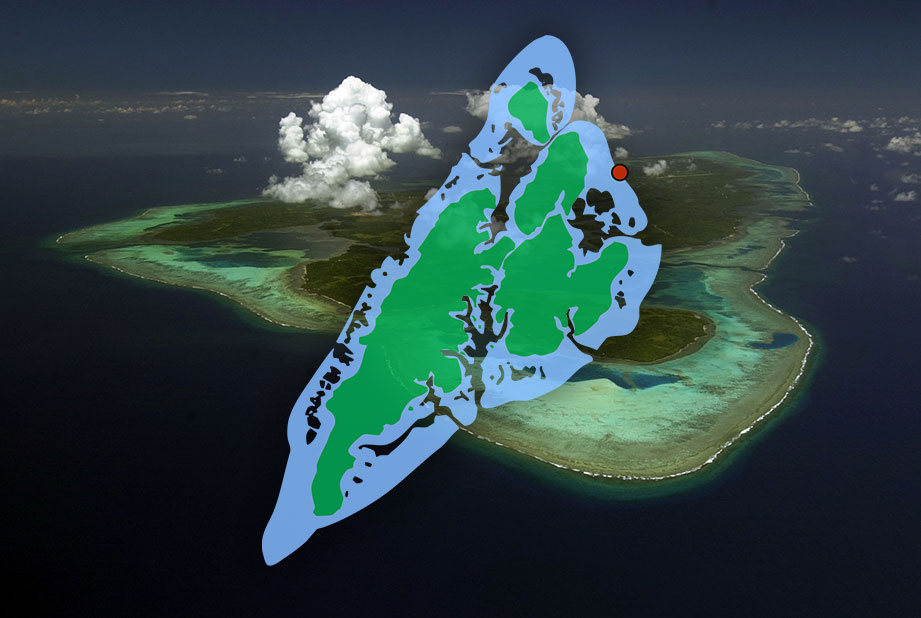
- Depth: 30-100 ft | 9-30 m
- Visibility: 60-100+ ft | 18-30+ m
- Current: 0-2 mph | 0-5 km/h
Dominant Features
This site marks the northern boundary of regularly dived areas. A very gradual slope provides a large area of prime habitat for coral growth. The gradual dropoff provides hundreds of acres of habitat at 40 – 70 ft. (12 – 20 M) for hard corals to flourish on. Numerous large coral Pinnacles sprout up from the reef and are covered with a wide selection of marine life.
Corals
This site is hard coral heaven with an exceptional variety of hard corals in pristine condition. It is possible to see over three times the number of coral species that exist in the entire Caribbean on this one dive.
Fish Life
Count on finding a wide and plentiful range of reef fish, Turtles & Stingrays, and Sharks. Look for giant clams hiding in coral crevices.
